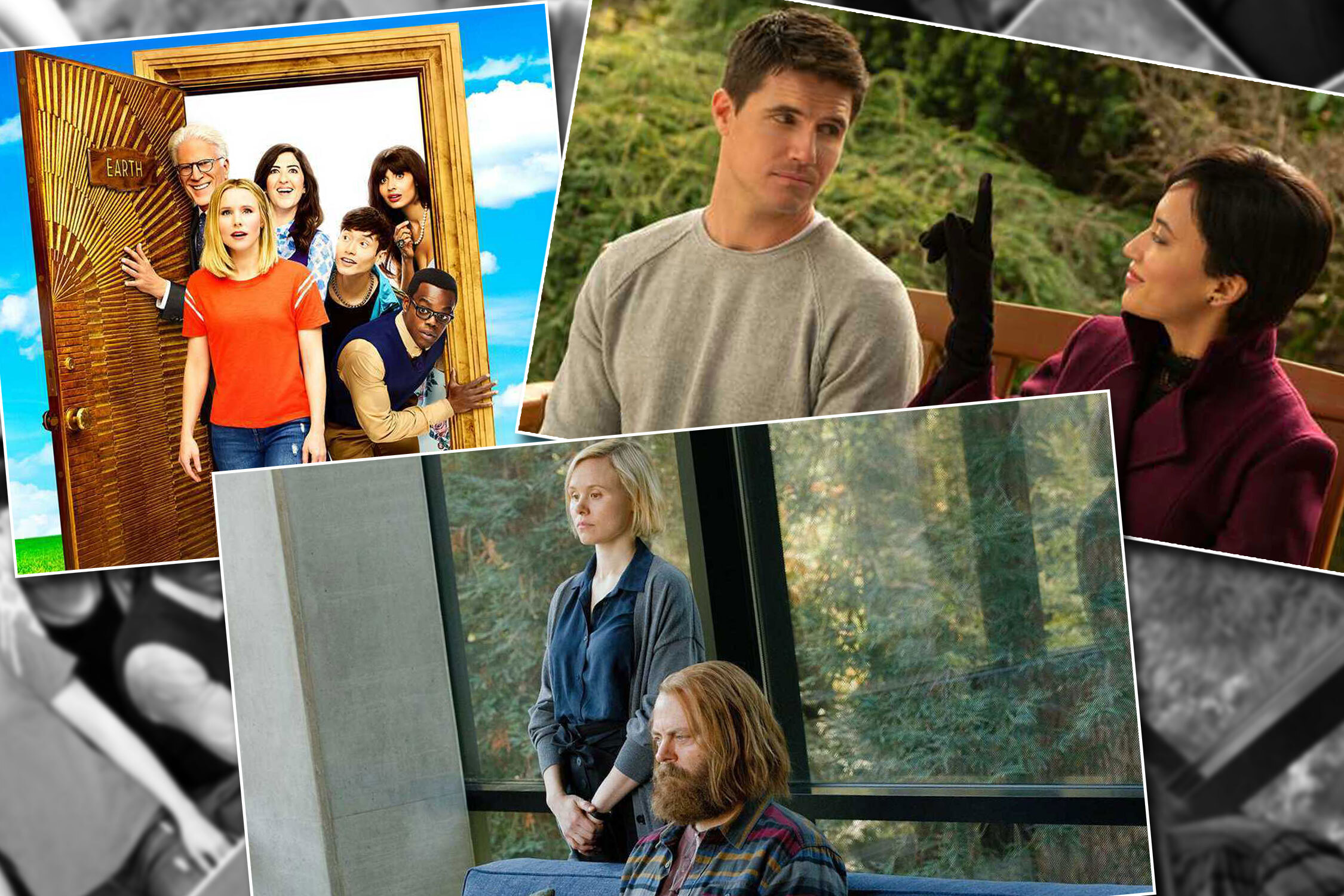This year saw the release of big-ticket films like Kaabil, Maatr, Mom, and Lipstick Under My Burkha. What connects these films are that a central part of the story is rape and sexual violence against women. Some filmmakers such as upcoming film Bhoomi’s director, Omung Kumar say that it is an effort to create awareness.
The rushes of Omung Kumar’s Bhoomi hint that a father is out to seek revenge for his daughter’s sexual molestation.
Kumar says “socially relevant films” are creating awareness and his effort is only to show what is happening in society. “Socially relevant movies work and awareness is generated. We are trying to contribute in whatever small way for the community. It is something that is happening (in society), but people have turned a blind eye (to it).”
“We are just trying to bring it up front and tell the world that it is happening and something should be done to stop it,” Kumar told IANS on the phone from Mumbai, and hoped such “eye-openers” impact people in some way.
Kaabil told the story of a young blind couple, and how their life changes after the woman is raped by two men in her own house. Maatr and Mom, both revenge dramas, were stories about how the mothers, played by Raveena Tandon and Sridevi respectively, take law into their own hands and go after the culprits who raped their daughters.
In Lipstick Under My Burkha, a film about the unbridled dreams of four women trapped in their lives owing to societal norms and stereotypes, depicts one character facing marital rape. Many say that films are a mirror of society, while there are others who blame movies for boosting eve-teasing and other social evils. So, are such depictions an attempt to nurture a “more consciously responsible” population or can it have reverse reaction?
Leena Yadav, the director of Parched, says films can’t take credit for bringing change in society and neither can society blame films for bringing bad things into structure.
“We are feeding off each other. Films come from what is going around you. Secondly, it’s the way you depict anything that can make it vulgar, titillating, beautiful or spiritual. The same thing can be shot in 30 different ways. So when one depicts anything so sensitive (as rape and molestation), you have to be really very careful,” Yadav told IANS.
Recommended
“Something that is from your end may be messaging, but it can also end up titillating and that is really sad. But what to do, we have twisted minds out there. So it is the responsibility of the filmmaker that when they tackle anything like that, it has to be done with utmost care as it is a very tricky thing,” added the director, who is now making a film titled Rajma Chawal.
Often, women’s rights organisations target Bollywood for objectifying women. Are they happy with this change of focusing on socially relevant issues?
Ranjana Kumari, Director, Centre for Social Research in Delhi, and a women’s rights activist, told IANS: “Filmmakers have been showing all kinds of sexuality and sexual violence because it sells, but that does not mean they should continue doing it to make money. They should also know their social responsibility. In the wake of more gruesome violence, they should feel more responsible.”
Social activist Pallabi Ghosh, however, feels that cinema has somehow helped in creating awareness. She feels that the films are prompting people to think that rape and sexual violence is not just an individual’s problem, but everyone’s issue.



